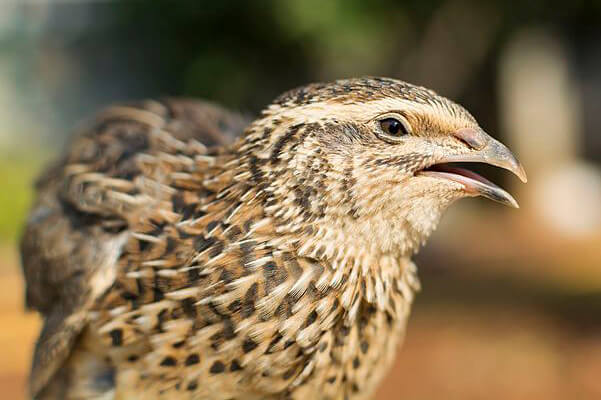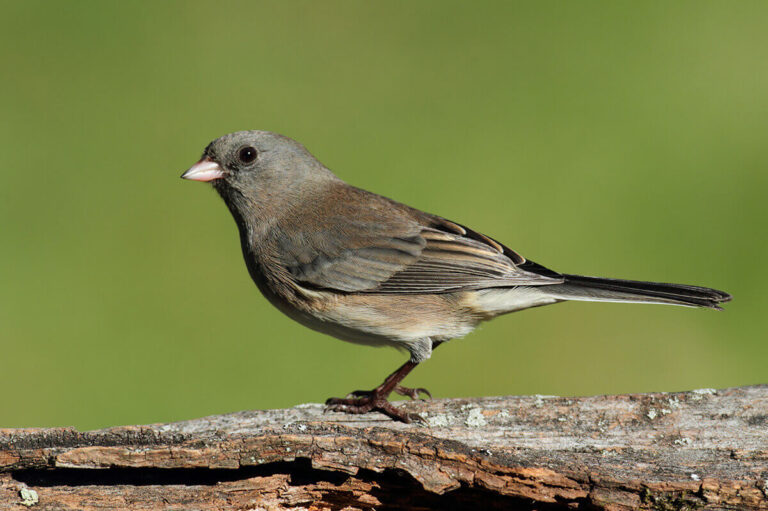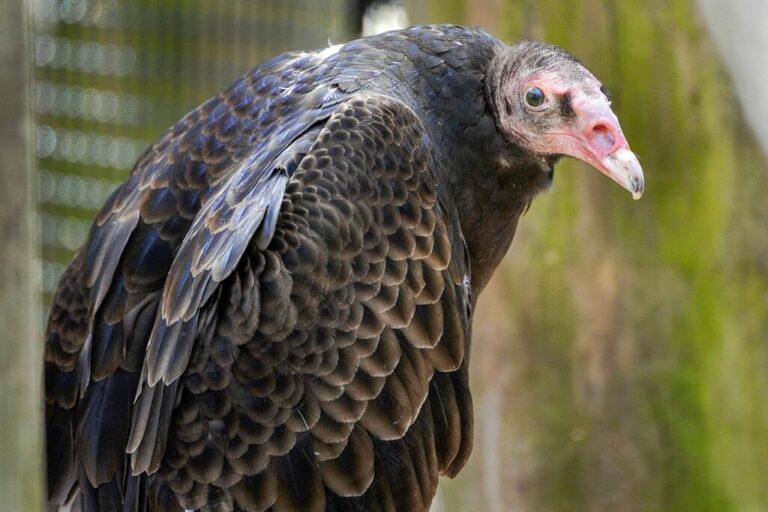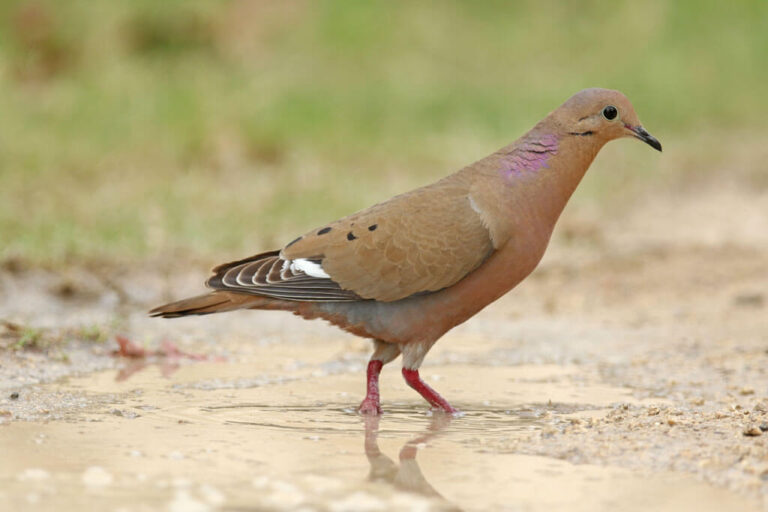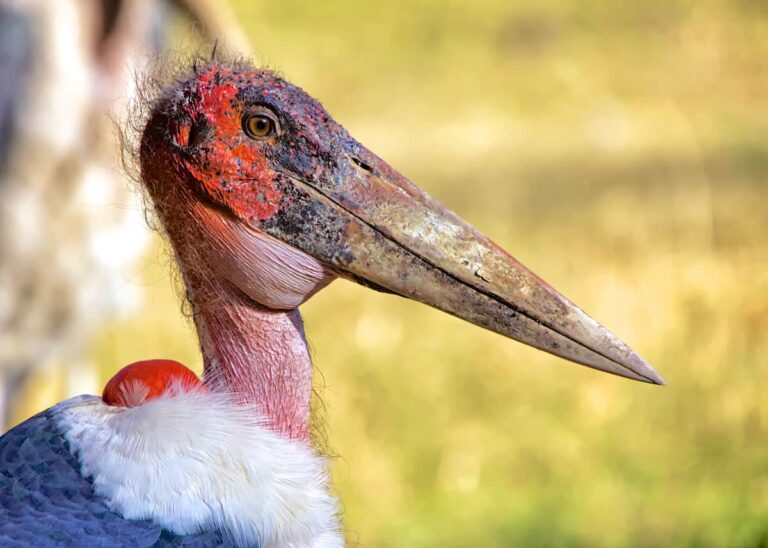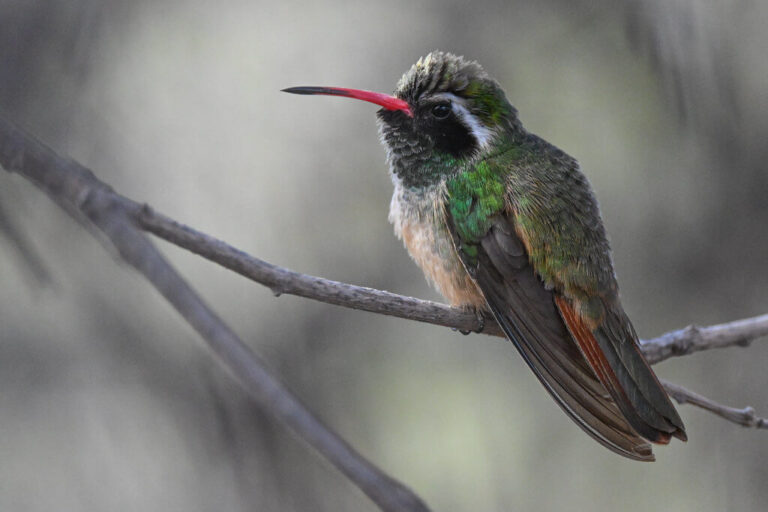Quail: An In-Depth Look at This Small but Fascinating Bird
The quail is a small ground-dwelling bird that belongs to the pheasant family. Known for their distinctive calls and camouflaged plumage, quails are found across various habitats worldwide. This article explores the quail’s scientific classification, physical characteristics, habitat, behavior, diet, reproduction, predators, conservation status, interesting facts, evolutionary history, and its relationship with humans.
Contents
Scientific Classification
- Kingdom: Animalia
- Phylum: Chordata
- Class: Aves
- Order: Galliformes
- Family: Phasianidae
- Genus: Coturnix, Callipepla, and others
- Species: Various, including Common Quail (Coturnix coturnix) and California Quail (Callipepla California)
Physical Characteristics

Quails are small, plump birds with short necks, rounded bodies, and a distinctive forward-facing topknot or plume on their heads in some species, like the California Quail. Their feathers are usually brown, gray, or black, often speckled with white or buff, providing excellent camouflage in their natural environment.
- Size: Quails typically range from 4 to 10 inches long, with an 8 to 14 inches wingspan.
- Weight: Most quails weigh between 2.5 to 7 ounces.
- Plumage: Their plumage often blends seamlessly into their surroundings, helping them avoid predators. Male quails generally have more vibrant markings compared to females.
Habitat
Quails are adaptable birds found in various habitats, including grasslands, woodlands, agricultural fields, and scrublands. They are native to regions across North America, Europe, Asia, and Africa, with some species introduced to other continents for hunting and farming purposes.
- Preferred Habitats: Open spaces with dense vegetation provide protection from predators.
- Range: Species like the Common Quail are migratory, moving between Europe and Africa, while others, such as the Bobwhite Quail, are non-migratory and reside in North America year-round.
Behavior

Quails are shy and secretive, often seen foraging in pairs or small groups called coveys. They are ground dwellers that prefer running to flying, although they are capable of short, rapid flights when startled.
- Social Structure: They are social birds that form coveys during the non-breeding season to increase survival chances.
- Calls: Quails have distinctive calls used for communication, including mating calls and alarm signals.
Diet
Quails are omnivores with a diet consisting primarily of seeds, grains, and insects. Their diet varies based on availability and the season.
- Plant Matter: Seeds, grains, fruits, and leaves form the bulk of their diet.
- Insects: During breeding season, they consume more insects to meet their protein needs, including beetles, ants, and grasshoppers.
Reproduction
Quails are ground-nesting birds that build their nests in shallow depressions lined with grasses and leaves. The female lays 6 to 18 eggs, depending on the species.
- Breeding Season: Typically occurs in spring and summer.
- Incubation Period: 18 to 23 days, with the female primarily responsible for incubating the eggs.
- Chicks: Quail chicks are precocial, meaning they are relatively mature and mobile shortly after hatching, allowing them to leave the nest quickly to forage with their parents.
Predators
Quails have many natural predators due to their small size and ground-dwelling habits. Predators include birds of prey, snakes, foxes, raccoons, and domestic cats.
- Defense Mechanisms: Their primary defense is camouflage and running to cover. In flight, they burst into the air suddenly to escape danger.
Conservation Status
Most quail species are not currently threatened, although habitat loss, hunting, and predation pressure have led to declining populations in some regions.
- Conservation Efforts: Conservation measures include habitat restoration, hunting regulations, and captive breeding programs.
- Status: The IUCN lists several quail species as Least Concern, but others, like the Japanese Quail, face challenges due to overhunting and habitat destruction.
Interesting Facts
- Camouflage Experts: Quails are masters of disguise, with plumage that blends perfectly into their surroundings.
- Fast Flyers: Despite preferring to run, quails can fly up to 40 mph in short bursts when escaping predators.
- Covey Life: Quails live in groups of up to 20 birds during the non-breeding season for increased protection and warmth.
Evolutionary History
Quails have a long evolutionary history, dating back millions of years. Fossil evidence suggests that quails were already present in the Miocene epoch. Over time, they have evolved adaptations, including cryptic plumage and rapid reproductive cycles, to survive in diverse environments.
Relationship with Humans
Quails have a significant relationship with humans, being popular game birds hunted for sport and food. They are also raised in captivity for eggs and meat, particularly the Japanese Quail, a staple in many Asian cuisines.
- Cultural Significance: Quails have been mentioned in literature, art, and folklore across various cultures, often symbolizing fertility and abundance.
- Domestication: Some species, such as the Japanese Quail, have been domesticated for egg and meat production.
Conclusion
The quail is a resilient and adaptive bird that thrives in various habitats worldwide. From their intricate social structures and foraging habits to their impressive camouflage and rapid reproductive strategies, quails are a fascinating species with a rich evolutionary history. Conservation efforts are essential to ensure that these birds remain a part of our natural world, whether roaming the wild or nesting in our backyards. Understanding quails’ ecological role and relationship with humans helps us even more appreciate these small but remarkable birds.
- Are Rottweilers Good With Kids? Reasons & Training Tips - 17 September 2025
- How Long Are Dogs Pregnant: Complete Guide - 16 September 2025
- German Shepherd Doberman Mix: Info, Pictures, Care & More - 11 September 2025

